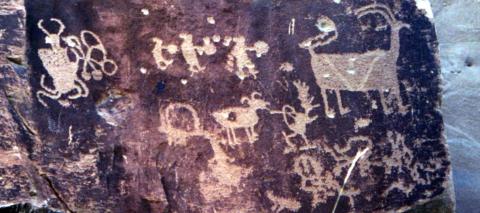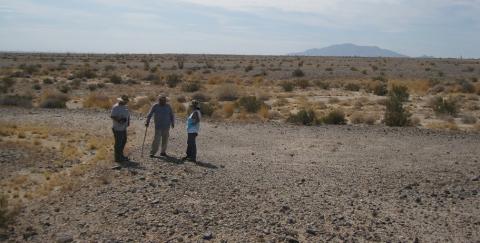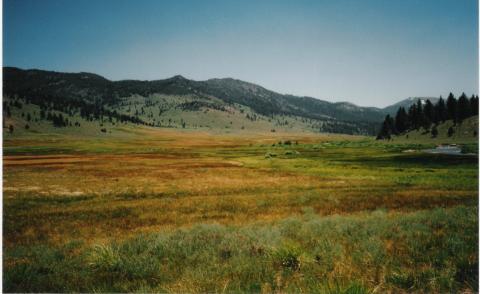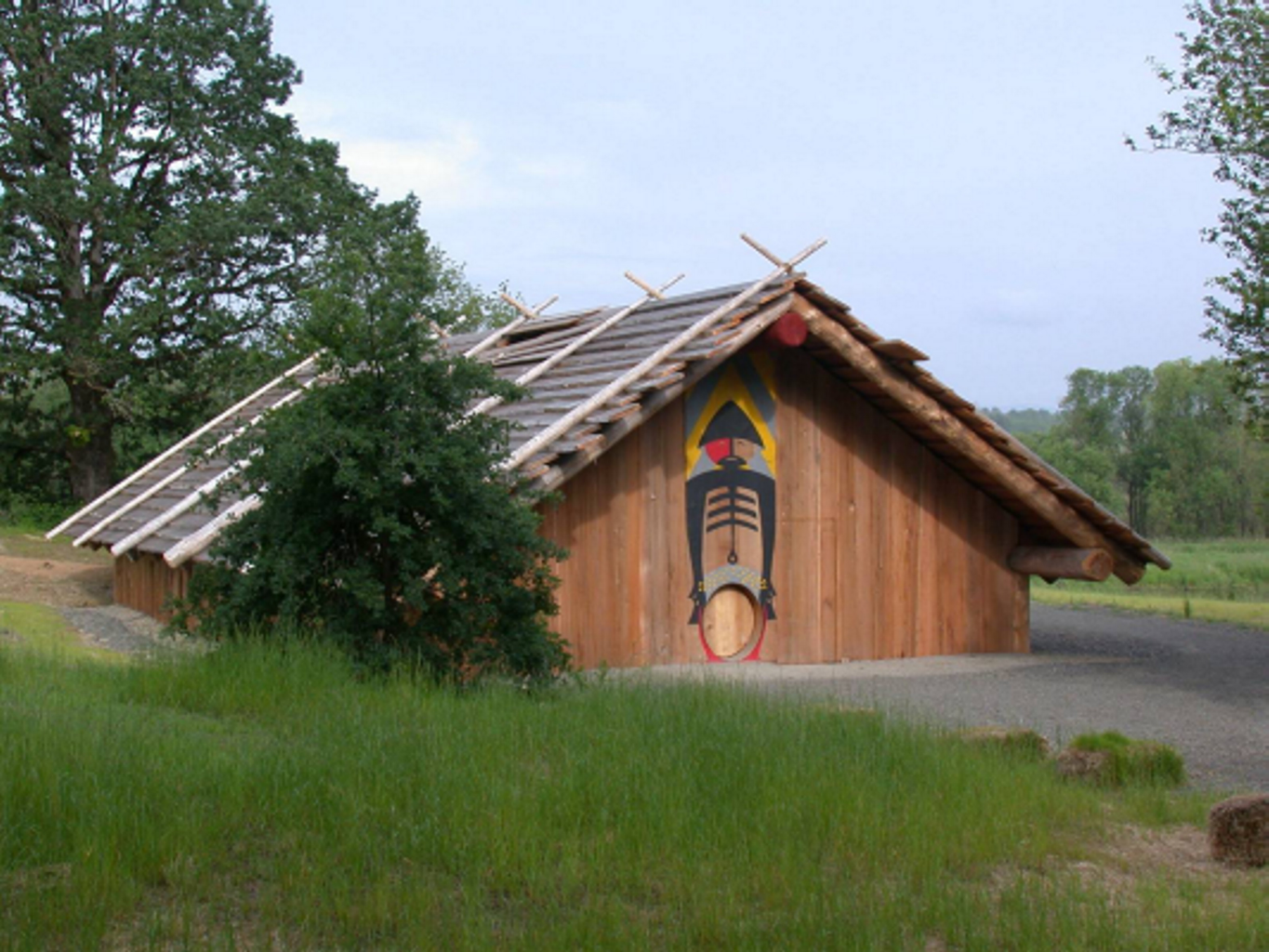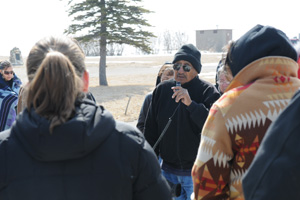Tribal and Indigenous Peoples
The Office of External Engagement (OEE) oversees the ACHP’s engagement with Indigenous communities. OEE provides information and education to Tribes and Native Hawaiian Organizations (NHOs) on the National Historic Preservation Act and Section 106 process. OTIP is integral to ensuring ACHP meets its federal trust responsibility to Tribes and Tribal consultation responsibilities under the NHPA and Section 106 review process while upholding the federal government-to-government relationship with Tribes. OEE also works closely with the ACHP’s Indian Tribe/Native Hawaiian member to address critical issues brought to the ACHP by Indian Tribes, NHOs, and others working within historic preservation.
Authorities
National Historic Preservation Act
36 CFR PART 800 -- Protection of Historic Properties
____________________________________________________________________________________________________
Training and Guidance
In order to facilitate consultation with Indian Tribes and NHOs, ACHP staff regularly develops guidance materials to assist Indian Tribes, Native Hawaiian organizations, federal agencies, and other Section 106 participants. Follow the link Training and Guidance for the ACHP's training and guidance for Indian Tribes, Native Hawaiian organizations, and federal agencies.
Native American Communities and Section 106
In 1992, the National Historic Preservation Act was amended to include and clarify the roles and responsibilities of Indian Tribes and Native Hawaiian organizations. Responding to the NHPA amendments, the ACHP began a six-year process of revising its regulations and adopted policy statements regarding Indian Tribes and Native Hawaiian organizations. Follow the link ACHP Native American Policies to see or download the Native American policies.
Government-to-Government
The ACHP, as a federal agency, recognizes the government-to-government relationship between the United States and federally recognized Indian Tribes and acknowledges Indian Tribes as sovereign nations with inherent powers of self-governance. Follow the link Government-to-Government Consultation with Indian Tribes to see the ACHP's documents on the government-to-government relationship.
Native American Information Papers
OEE supports the ACHP in a number of ways, including as subject matter experts on laws, executive actions, federal and Tribal policies, and program matters related to Native American issues relevant to the NHPA and Section 106 process. OEE reviews projects, trains and educates Tribes and NHOs, provides guidance to ACHP staff and federal agencies on NHPA requirements for Tribal and NHO engagement, and develops information papers about various topics concerning Indian Tribes and NHOs. Information papers are different than guidance documents and discuss issues that may inform participants in the Section 106 process.
Other Native American Resources
Follow Other Native American Resources for links to inter-Tribal organizations and other federal agency American Indian or Native Hawaiian programs.
